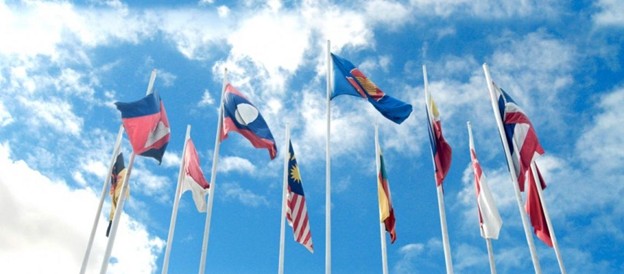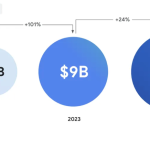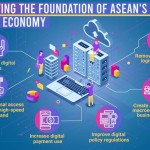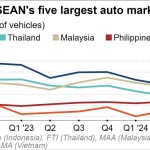Total number of posts 463.
ASEAN is projected to become the world’s fourth-largest economy by 2030. Building a strong, ambitious, and inclusive economic strategy for the next decade is therefore crucial to sustaining this growth momentum. In an increasingly polarized global environment, marked by shifting trade patterns, restructuring of supply chains, technological advancement, digital transformation, demographic change, and external pressures such as climate change; the path ahead presents the ASEAN Economic Community (AEC) with both unprecedented opportunities and challenges, requiring greater flexibility, innovation, and closer cooperation among Member States.

To realize this projected growth, ASEAN has developed the “ASEAN Economic Community Strategic Plan Post-2025”, which was adopted by ASEAN Leaders at the 46th ASEAN Summit held in May 2025 in Kuala Lumpur, Malaysia. This Strategic Plan serves as a key guiding document for ASEAN’s economic cooperation towards 2045, to be reviewed every five years. The AEC Strategic Plan sets out six strategic goals, aiming to transform ASEAN into:
- An action-oriented community – working towards a single market and production base, enhancing intra-ASEAN trade in goods, services, investment, finance, and the movement of people;
- A sustainable community – integrating climate action and sustainable development policies across all areas of economic cooperation;
- A bold, innovative, and forward-looking community – strengthening cross-sectoral collaboration in areas such as digital transformation, technology, innovation, intellectual property, competition, and consumer protection;
- A proactive and adaptive community – reinforcing ASEAN’s centrality in the regional economic architecture and its position in global value chains;
- A resilient and agile community – building a high-quality, responsive economic community capable of withstanding global uncertainties; and
- An inclusive and people-centered community – ensuring that ASEAN’s growth benefits all and that no one is left behind.
The Strategic Plan was finalized at the 16th Meeting of the AEC Strategic Plan Working Group, held in Hoi An – Da Nang, Viet Nam in September 2025. At this meeting, ASEAN Member States agreed on the document comprising 6 Strategic Goals, 54 Objectives, 194 Measures, and 756 Activities. The Plan is regarded as an extensive and forward-looking roadmap, symbolizing ASEAN’s collective commitment to resilience, sustainable development, and shared prosperity, reinforcing ASEAN’s role as the center of growth in the Asia-Pacific region, with community-building as its foundation.
A comparative assessment between the AEC 2025 Blueprint and the AEC Vision 2045 shows that ASEAN has moved beyond basic development goals such as poverty reduction, income growth, and expanding the middle class. This shift reflects the region’s significant economic progress over the past decade, as various foundational development objectives have been achieved. Moving forward, ASEAN’s focus will increasingly center on sustainable development priorities, including competitiveness, innovation, digital transformation, green growth, and inclusive development.
This strategic shift marks ASEAN’s transition into a new stage of economic maturity, characterized by higher quality growth and adaptability to global change. Consensus-based decision-making remains ASEAN’s cornerstone and will continue to guide its cooperation over the next 20 years. Under the AEC Strategic Plan 2026–2030 and Vision 2045, ASEAN will deepen dialogue and cooperation in cross-sectoral and cross-pillar areas, beyond traditional economic issues such as trade, services, and investment. Greater emphasis will be placed on sustainability, inclusivity, and resilience, with the goal of building a prosperous, unified, and innovative ASEAN economy, driven by a skilled and adaptable workforce and sustained by a balance between economic efficiency and environmental responsibility.
Source: Multilateral Trade Policy Department, Ministry of Industry and Trade of Viet Nam














